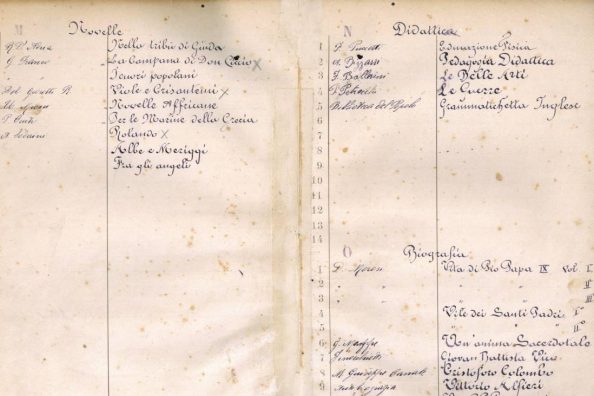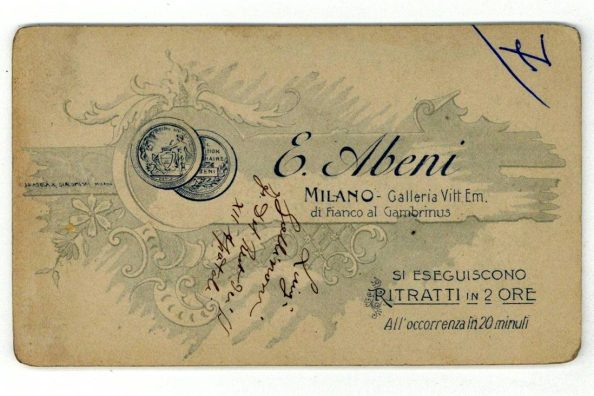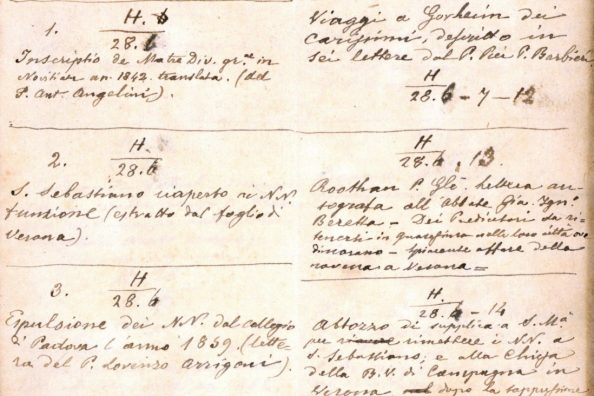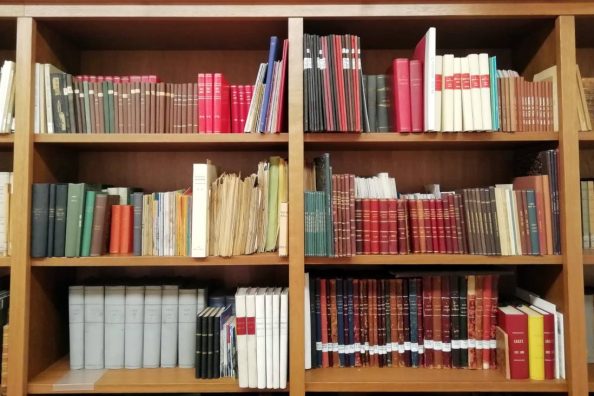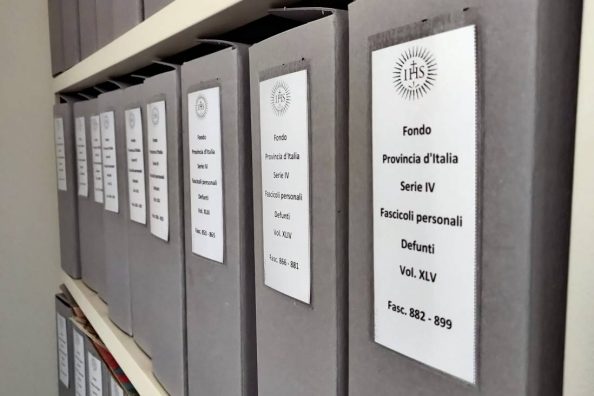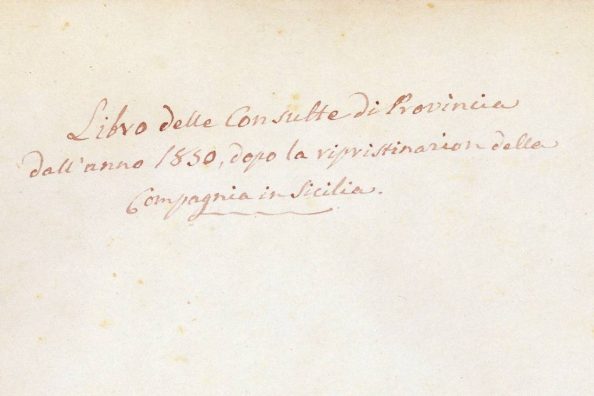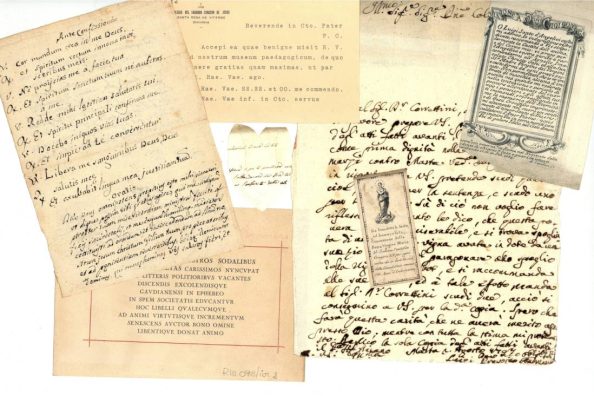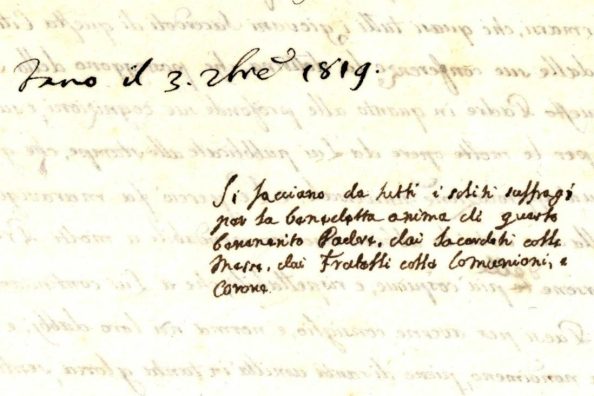A weekly menu: what did a Jesuit eat in the 19th century?
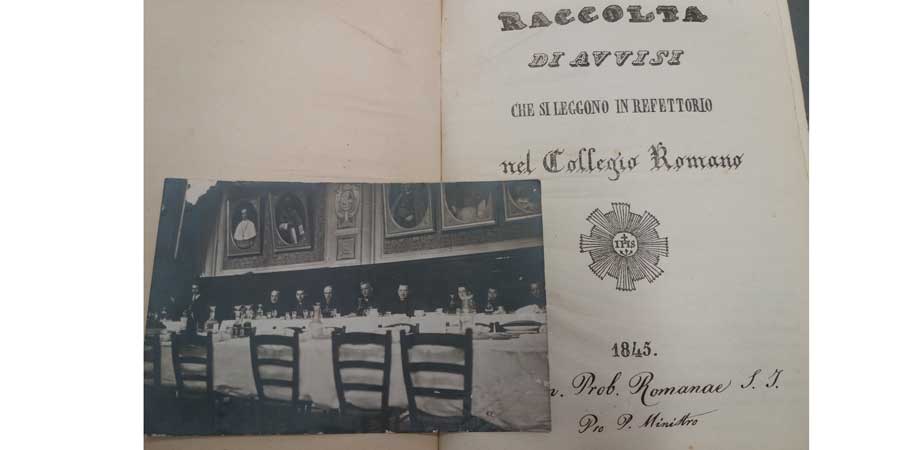
Let us virtually enter the Jesuit refectory today by reading an ‘approved Leviticus’ or a real weekly menu dispensed to homes, in this case from the Collegio Romano, a bit like what happens in school canteens today.
We will discover how a Jesuit ate in a week in the 19th century, some of the preparations are only… for strong stomachs!
Some notes date the source to around 1830, the menu was certainly still in force in 1856 when some changes were made.
The menu shows the daily meals divided between lunch and dinner from Sunday to Saturday.
Sunday, a feast day, includes rice for lunch, followed by boiled beef or roast veal, not very different from today’s feast Sundays, followed by an apparently lighter dinner of ‘chopped bread, roast meat and eggs’, but bear in mind that the ‘chopped bread’, as explained in the notices, is bound with beaten egg, even two eggs per person if they were small.
Monday sees pasta as the main course for lunch and for the main course boiled or a robust dish, fried liver or brains, and in the evening a soup. Alternatives to soup include an omelette or a fried egg – it seems that cooking by frying was widely practised – with herbs.
Tuesday satiates the stomachs of the Jesuits with soup – perhaps to take advantage of the leftover soup from the previous evening – followed by ‘sweet sour, or bragiuole di majale; in the evening semonella’ (today’s semolina) with roast and eggs – this time, strangely, not fried.
Wednesday’s lunch partly recycles the previous dinner, breadcrumbs or semonella with egg, followed by rolled meatballs or pasticcio, finally at dinner as an alternative to soup there is fish, which makes its first appearance in the weekly meals, but as an alternative there is a healthy ‘fat fry’.
Thursday sees the return of rice for lunch with roast veal, and for dinner of breadcrumbs with stew and eggs.
Friday’s choice is more varied: soup or mashed lentils or broken chickpeas with pasta, followed by boiled fish or bacalà, or fried eggs with cream and mushrooms. Dinner, too, respects the Friday precept: semolina and fish or egg, with the note ‘if there is abstinence, pasta, or rice, or seasoned polenta, and fruit’.
Finally, Saturday lunch offers separate rice and legumes, and as an alternative to boiled ‘eggs in the pan’, in the evening a soup and passing eggs.
The menu is followed by some remarks on soups and boiled meat, soup and fruit, let us see the most curious ones.
What apparently looks like a meal that is always the same, rice, is actually presented differently ‘on Sundays with seleri, on Thursdays with turnips or other seasonal herbs. The pasta is always fine, except in a few rare cases. The soup is either herb soup or soup with eggs’.
The ordinary boiled meat is always beef.
There are also valuable indications for lunch and dinner. “When fried brains cannot be found or are too expensive, one makes only stewed liver à la française, or to the fried liver one adds a few pieces of fried milk or golden head…’.
“The evening roast, as long as it can be found, is always given of abacchio; when the season has passed, it is given of beef or veal’.
If you are wondering what fruit was distributed: ‘the ordinary fruits are pears and apples […] when pears or apples are missing, they make up for it with seasonal fruits, such as cherries, artichokes, fennel etc., and sometimes again with nuts and dried fruits’.
We note, finally, that at least in this period during the days of abstinence, total fasting from food was not practised, but portions were greatly reduced, fruit at mealtimes was abolished and less choice given to the dishes.
It would be interesting to know the caloric intake of meals and to be able to calculate today how balanced they are… all that remains is to pass the word to the… nutritionist!
Maria Macchi

